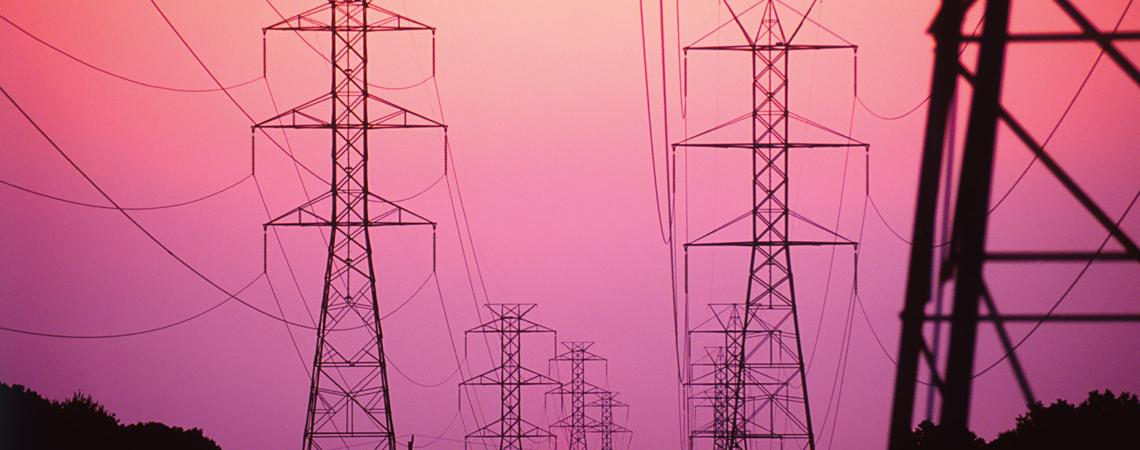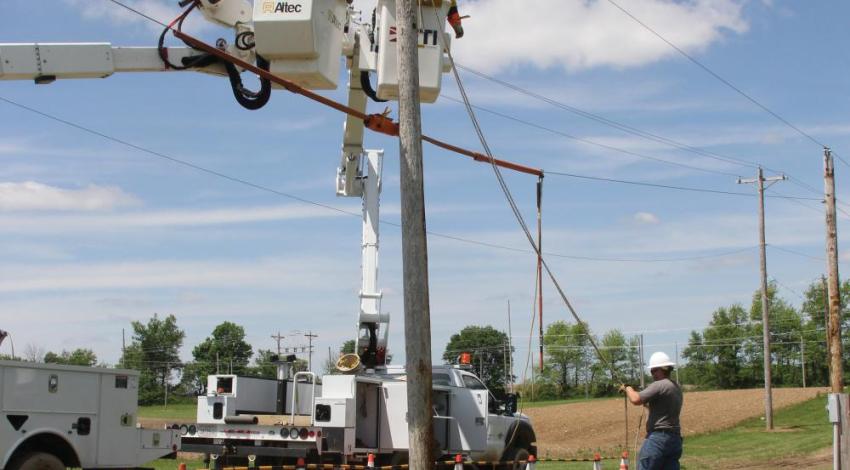As summer approaches this year, we can no longer take 24/7 availability of electricity for granted.
After working in the electric utility business for nearly 40 years, I still marvel at the working of our interconnected electric power network that we commonly refer to as “the grid.” It has taken equal parts of engineering, ingenuity, and hard work to design, build, and sustain a network that makes electricity available every hour of every day, no matter how hot or how cold the weather outside may be. I hope you have the chance to read more about the basic workings of the power grid in our article on page 4 of the magazine.
Unfortunately, as summer approaches this year, we can no longer take that 24/7 availability for granted. Over the past several years, we have experienced a tightening of the supply-demand balance that’s critical to the function of our power grid. Since 2020, each time a large area of the country has experienced extreme temperatures for more than a day or two, the supply of electricity has proved inadequate to meet demand and forced regional grid operators to shut off power to consumers for hours or even days at a time to keep the system from crashing.
Across the country, we are facing the disorderly retirement of baseload coal and nuclear power plants because of poorly conceived and harmful energy policies that include:
- Overreaching and unreasonable environmental regulations that result in unnecessarily high costs while providing only minimal environmental benefits.
- Poorly designed electricity market rules that under-compensate reliable baseload power plants that provide a steady and controllable output, while over-compensating less reliable and intermittent sources.
- Unreasonable goals and time frames to achieve greater reductions in carbon emissions from electricity providers, despite the fact that the U.S. electric sector has cut CO2 emissions by 36% since 2005 while producing nearly 5% more electricity.
Organizations charged with ensuring a reliable electric grid such as the North American Electric Reliability Corporation and the PJM Interconnection have each, independently, published reports that outline concerning trends that are resulting in increased reliability risks.
While the mission of your electric cooperative has not changed and our commitment to you, our members, has not wavered, the harsh reality is that providing a safe, reliable, affordable, and environmentally responsible supply of electricity is getting more and more challenging. We need changes in the policies that affect our electricity supply.









